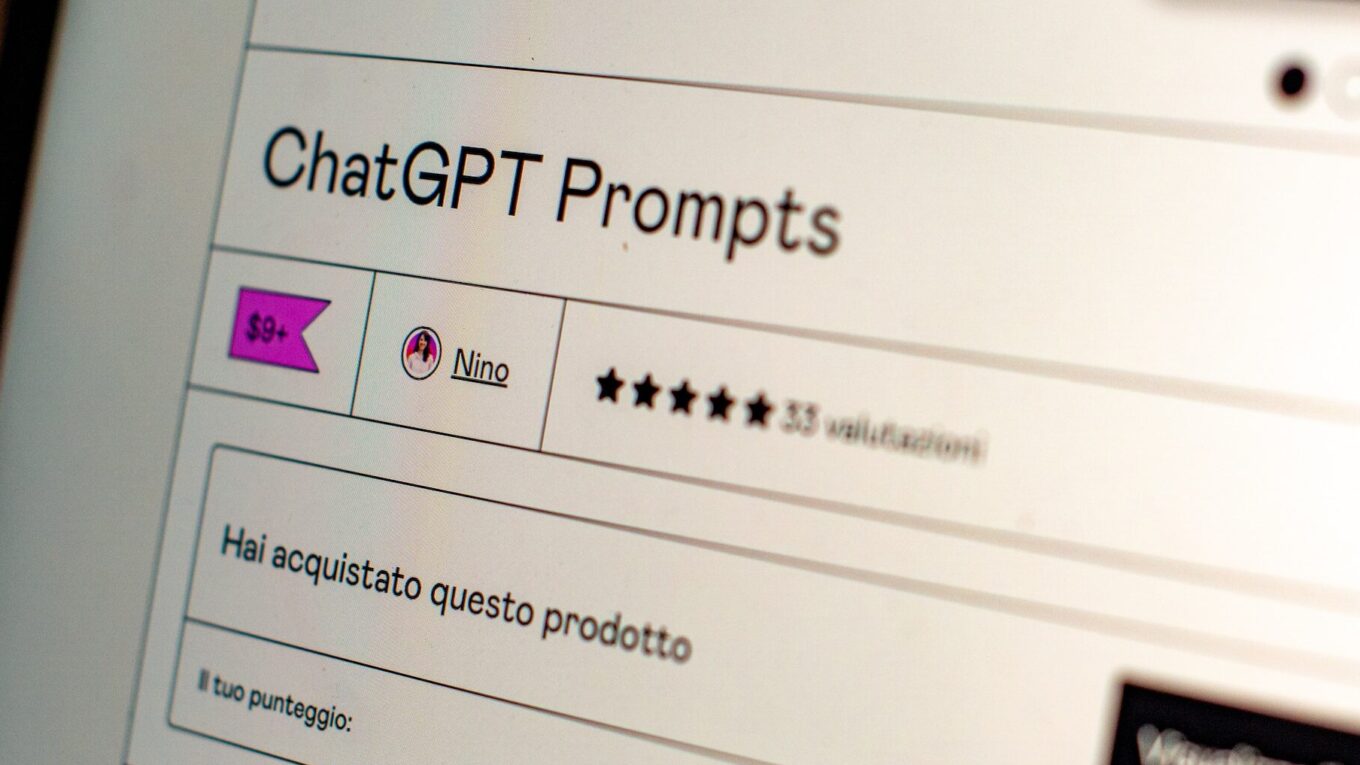Prompts // 11 (Limitations)
With some 10 blog posts under my belt, starting with a trial run of using ChatGPT and prompts to modernise a Thomas Hardy classic through to the advent of ‘conversational agents‘, I thought I ought to at least look at the limits of AI in education.
Based on the previous 10 blog posts, I asked ChatGPT about its limits and “what do you think (1) AI will never be able to do, (2) AI will never be accepted to allowed to do, and (3) Ai will never replace?”
Note: As with some of my recent AI-related posts, I have beenusing ChatGPT 4 to get me going and to help me ‘research’ the topic. What you see below is something that is me and ChatGPT, prompts have been modified and tweaked to form the article here.
… and yes, it does feel counterintuitive to ask ChatGPT about its failings or limitations. Whether you or I believe this, want to take it further or have our view is, of course, our prerogative. If I’ve learned nothing else here, like ChatGPT, Claudi.io, or any other AI tool I’ve tried, is that the output always needs careful attention – checking any facts, any references, the details, etc.
This is what it had to say:
The integration of AI in education has sparked both enthusiasm and apprehension. Its rapid advancement and increasing ubiquity in educational settings raise important questions about the capabilities and boundaries of AI in this field. By critically examining the limits of AI in education and focusing on what AI will likely never be able to do, what it may never be accepted or allowed to do, and the roles it will never replace, we can understand these boundaries, educators and policymakers can make more informed decisions about the role of AI in education.
The Inherent Limitations of AI in Education
AI, for all its advancements, is bound by certain inherent limitations, particularly in contexts that require deep understanding, empathy, and creative reasoning.
Lack of Deep Empathy and Understanding:
Detail: AI cannot truly understand and empathise with human emotions and experiences. In education, where emotional intelligence plays a crucial role, this is a significant limitation.
Example: AI may be able to identify signs of student distress through data patterns but cannot genuinely empathise or provide the emotional support that a human teacher or counselor can.
Inability to Foster Genuine Human Connections:
Detail: The development of meaningful human relationships is at the core of effective teaching and learning. AI cannot replicate the deep personal connections that form between teachers and students, which are essential for a holistic educational experience.
Example: While AI can facilitate communication, it cannot replace the mentorship, guidance, and personal inspiration that teachers provide.
Ethical and Acceptance Boundaries of AI in Education
There are areas where AI could technically play a role but may never be accepted or allowed due to ethical considerations and societal norms.
Decision-making in Sensitive Areas:
Detail: In areas such as student assessment, discipline, or admission decisions, the final judgment may always need a human element due to the ethical complexities involved.
Example: AI might assist in preliminary assessments, but decisions like expelling a student or diagnosing a learning disability will likely remain in human hands due to their sensitive nature.
Privacy and Data Security Concerns:
Detail: The use of AI in education raises significant concerns about data privacy and security. There may always be limits on the extent to which AI can access and process student data.
Example: AI systems might be restricted from accessing certain types of personal or sensitive student information to protect privacy and comply with regulations like GDPR.
Irreplaceable Human Roles in Education
Despite AI’s transformative potential, there are roles and aspects of education where human involvement is irreplaceable.
The Art of Teaching:
Detail: Teaching is an art that involves intuition, adaptability, and a personal touch. AI cannot replicate the comprehensive and nuanced approach of a skilled educator.
Example: An experienced teacher’s ability to adapt a lesson on-the-fly based on classroom dynamics is beyond AI’s capabilities.
The Role of Academic Leadership and Innovation:
Detail: Academic leadership and the ability to innovate in pedagogy and curriculum require a level of creativity and vision that AI cannot match.
Example: Designing a new interdisciplinary curriculum or leading a department through pedagogical changes relies on human creativity, foresight, and leadership skills.
As we navigate the intersection of AI and education, it’s crucial to recognise the tool’s limitations and the areas where human skills are irreplaceable. Understanding these boundaries allows us to approach AI integration thoughtfully, harnessing its benefits while respecting the indispensable value of human involvement in education. This balanced approach is key to ensuring that AI serves as an enhancer rather than a replacement for the human elements that lie at the heart of educational excellence.
What I hope the above offers you is a critical perspective on the limitations and roles of AI in education, highlighting areas where AI’s capabilities are inherently limited, where it may not be ethically or socially accepted, and roles it will not replace. This understanding is crucial for educators, administrators, and policymakers in making informed decisions about the integration of AI in educational contexts.
- Please note that if you are reading this on the RGSoftwares Education website, this and other blog posts are originally posted here, by David Hopkins, on his Education blog. Permission to copy, with or without attribution, has not been requested or granted.
Photo by Emiliano Vittoriosi on Unsplash


















